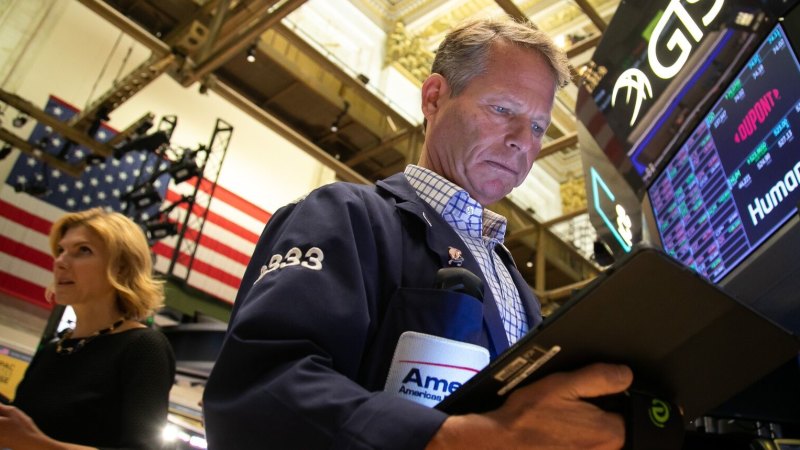[ad_1]
The S&P 500 rose to 4774.75 after completing its longest weekly winning run since 2017. A gauge of chipmakers hit a record, with Intel Corp. up over 5 per cent. The Russell 2000 of small caps added 1.2 per cent.
Loading
To Adam Turnquist at LPL Financial, consistent buying pressure on stocks of such magnitude is not only rare, but a bullish sign for improving investor sentiment and market momentum.
“And while all winning streaks eventually end, history suggests the rally may not,” he noted.
Should the S&P 500 complete a ninth straight week of gains, it will be its longest winning run since 2004.
Since 1957, nine of the gauge’s 17 previous eight-week winning streaks pushed to a ninth week, but only three of those made it to 10 weeks, according to Larkin at E*Trade from Morgan Stanley.
Riding the rally
Craig Johnson at Piper Sandler says that any pullbacks will be modest and short-lived as investors follow the eight-week uptrend toward new highs.
“It still appears likely that we can end the year at the highs,” said Louis Navellier, chief investment officer at Navellier & Associates. “No reason to not ride this market through the end of the year.”
Stock volumes were down across the board, with trading in countries such as Canada, New Zealand and Australia shut. European markets were closed too.
In corporate news, Apple Inc. is appealing a US sales ban of its smartwatches as the White House refused to overturn the measure. Intel will invest a total of $25 billion in Israel after winning incentives. FedEx Corp. entered into an accelerated share repurchase agreement with Mizuho Markets Americas. Bristol Myers Squibb Co. agreed to buy RayzeBio Inc. for about $4.1 billion.
Locking in higher yields
Buyers piled into Treasury sales Tuesday, seeking to lock in higher yields as the market prices in an aggressive path of Fed interest-rate cuts in 2024.
Indirect bidders, a group that includes foreign central banks, grabbed a record 77.6 per cent of the 52-week bill auction, and the same category took 71.6 per cent of the department’s six-month offering, the third-largest share ever. Meanwhile, a sale of two-year debt priced below its when-issued yield, a sign of greater-than-expected demand.
Loading
Swap contracts tied to Fed meetings imply an over 90 per cent probability the US central bank brings down its current 5.25 per cent to 5.5 per cent target rate range down in March. Across 2024, traders are pencilling in nearly 160 basis points of rate reductions — more than twice as much as Fed officials signalled earlier this month in their new round of quarterly forecasts.
Elsewhere, oil rose as shipping disruptions in the Red Sea continued to a spate of Houthi attacks against vessels in the vital waterway. Bitcoin fell and the recent rally in memecoins started to show signs of stalling.
The economic calendar is thin this week, with home prices rising for a ninth straight month. Early data from Mastercard SpendingPulse showed US holiday retail sales rose at a much slower pace than in 2022.
The Market Recap newsletter is a wrap of the day’s trading. Get it each weekday afternoon.
[ad_2]
Source link



